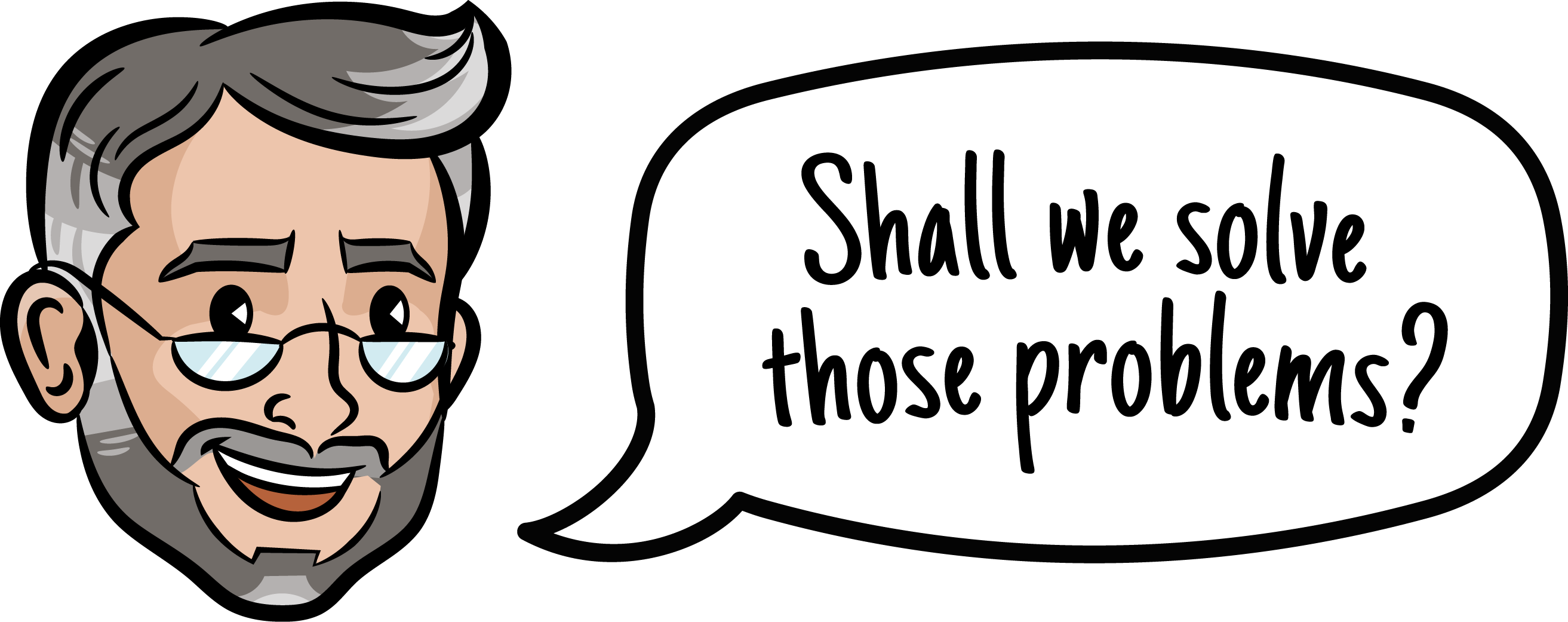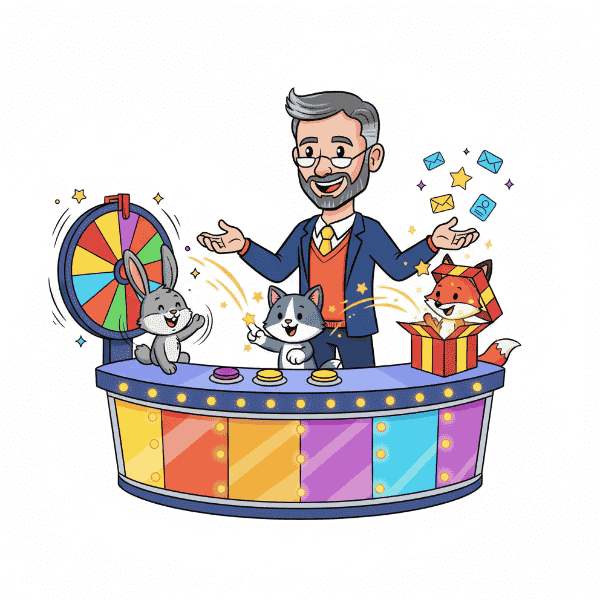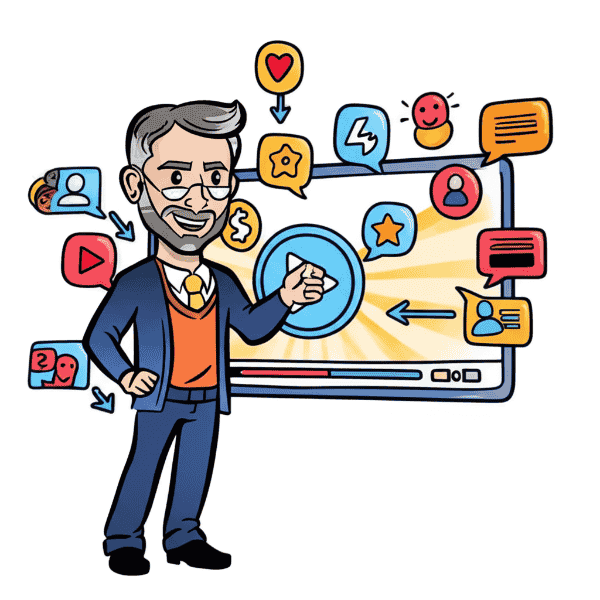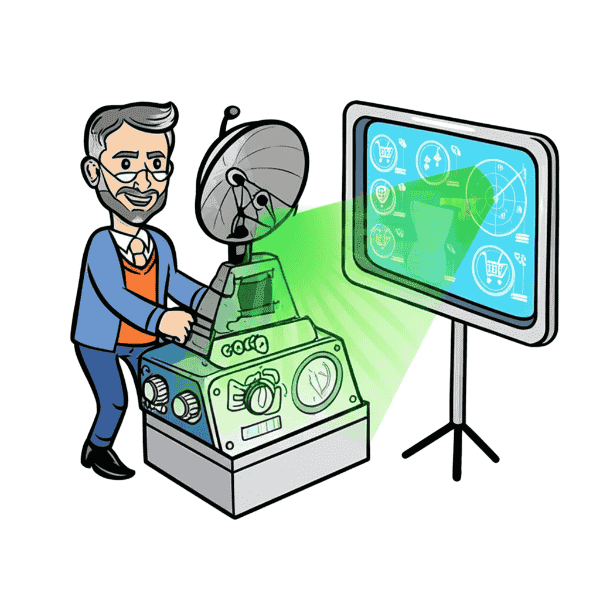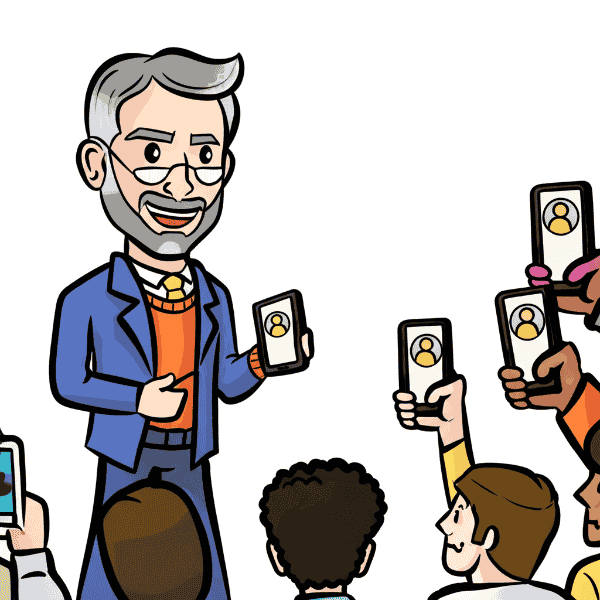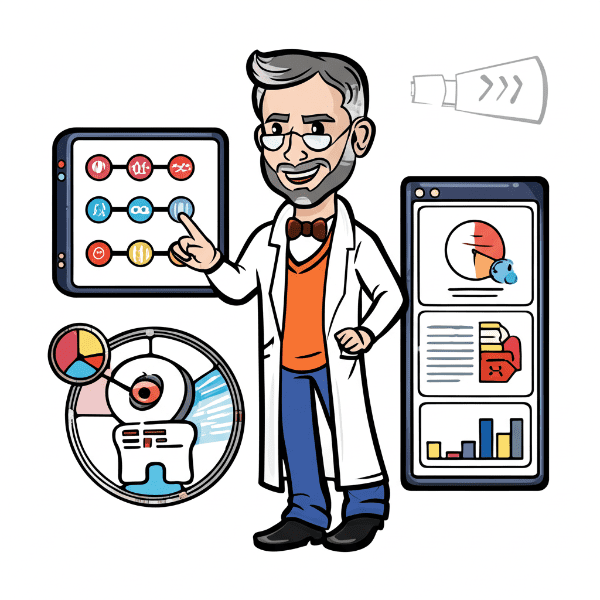Definition: Interactive polling is a real-time engagement method that allows audiences to participate in surveys, quizzes, or feedback questions during live or digital experiences. It helps brands, presenters, and marketers gather instant insights while keeping participants actively involved. Polls can appear in webinars, social media, virtual events, or on websites to boost engagement and collect actionable data.
Example in a Sentence: During the product launch webinar, the team used interactive polling to gather instant audience feedback on new features.
Why is Interactive Polling Important?
1. Increases Audience Engagement
With interactive polls, viewers become active participants. In meetings, live streams, or marketing campaigns, they pique interest, maintain focus, and give audiences a sense of being heard.
2. Delivers Real-Time Insights
Responses come in instantly, allowing teams to gauge opinions, preferences, or understanding on the spot. This helps presenters adapt messaging or follow-up actions immediately.
3. Strengthens Data-Driven Decisions
The data collected from interactive polls goes beyond simple feedback. It reveals patterns and preferences that can guide future campaigns, product updates, or content strategies.
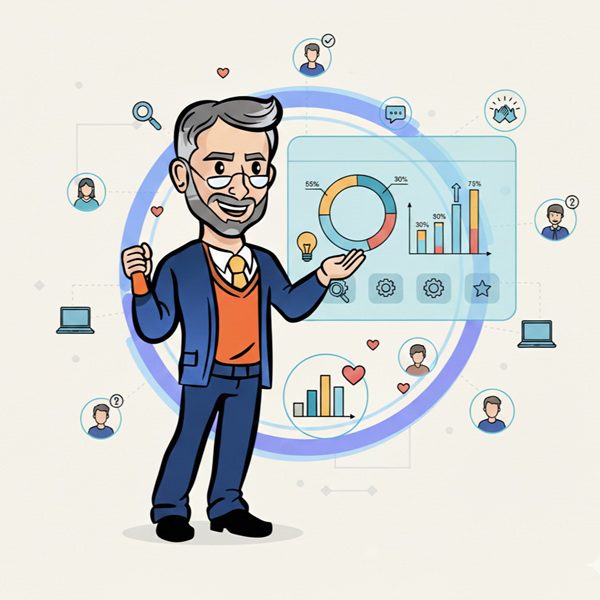
Turn Engagement into Insight with Interactive Polling
Interactive polling isn’t just about asking questions — it’s about starting conversations. Whether you’re running a webinar, testing a new product idea, or improving audience experience, polls help you understand what your audience truly wants. When combined with CRM tools or marketing automation, they turn quick responses into meaningful data that drives smarter decisions.
More Definitions:
- Content Personalization: Tailoring content experiences based on audience behavior or preferences to boost relevance and interaction.
- Content Optimization: The process of refining content to improve visibility, engagement, and conversions across digital channels.
- Data Collection Tools: Software or platforms used to gather and analyze audience feedback, responses, or behavioral data — such as forms, surveys, and interactive polls.
- Data Privacy Regulations: Laws and guidelines that govern how organizations collect, store, and use personal data.
Useful Posts:
- Optimizing B2B Marketing Funnel Stages for Peak Revenue Conversion: Learn how to refine each stage of your B2B marketing funnel to improve lead quality, boost engagement, and drive higher conversion rates.


